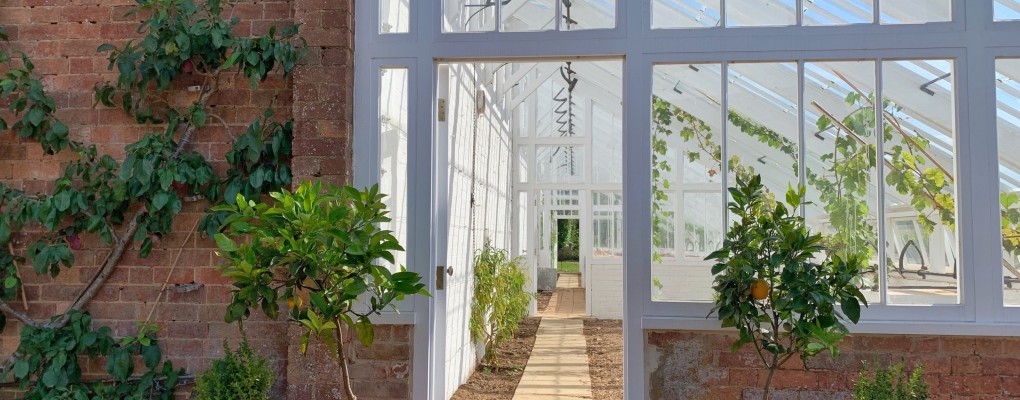The conservatory industry has taken a bit of a beating in recent months, suffering from a perception problem and lagging behind in terms of innovation and product development. Faisal Hussain, Chief Executive of DGCOS, discusses why there’s life in the industry yet.
The image of the traditional conservatory as a glass box with white PVC-U frames which is hard to heat in winter and keep cool in summer has meant that conservatories are suffering from something of a perception problem. To my mind, it’s a shame because there has been so much innovation in doors and windows in recent years that, applying it to the conservatory sector, could easily breathe new life into it.
If we talk about conservatories now, I don’t think there are many among us that think of these old-fashioned boxes of the eighties. Consumer trends have moved on considerably so it is saddening to read reports that having a conservatory can devalue a home, when in fact modern structures can be beautiful and enhance any domestic space, regardless of property type.
Glazed extensions: The new conservatory style
Forget white PVC boxes. The modern style is for something more aesthetic which capitalises on the latest technology and product innovation which means conservatories are more energy efficient, maintain a constant temperature year-round and meet consumer trends for spacious living. The market has evolved in recent years, and we are seeing the installation of more bi-fold and sliding doors rather than the old-style French doors, glass with better thermal performance, the use of aluminium frames and solid tiled roofs. Think glazed extensions and you will understand how trends have moved on.
If the benefit of a conservatory is for light-bright spaces, it might seem counter-intuitive to add a solid roof. However, such has been the development of this product, that it can be installed with high-performance glazed panels, meaning thermal performance greatly improves, energy costs go down, but light still enters the room from above.
Aluminium, too, can easily be used in conservatory installation. It is strong but lightweight, low maintenance and can have much slimmer frames than the old PVC systems, maximising both the light and the view.
If a homeowner is a PVC-U fan, flush windows are an elegant way to transform the look of an older-style conservatory, and the choice of colours and styles for any PVC-u frame is far more wide ranging than it used to be.
Opportunities in retrofit
With high inflation and interest rates, homeowners are looking at ways to improve their homes, to change their space and quality of life, without the expense (and aggravation) of moving house or building an extension from scratch. Long waits for reputable builders can also put consumers off doing an extension, and there are objections to overcome when they think of financial outlay versus perceived value. Upgrading an existing conservatory improves quality of life without such a big financial commitment.
By upgrading an existing, older conservatory, installers can capitalise on an almost untapped market, and it could be a simple way of diversifying and adding to the bottom line. Sliding and bi-fold doors are not new to most installers, neither are flush casement windows, thermal glazing, blinded glass, coloured frames – all those technologies and products that can be applied to the conservatory sector but often aren’t. If the demand for new conservatory or glazed extensions is showing signs of slowing down due to the impact the cost of living is having on homeowners, retrofit may well be an area worth considering.
Of course, the top end of the market tends to feel economic pressures less than the rest of society, so high-end glazed extensions will always be sought after. Building a conservatory from the ground up is a very different proposition to retrofitting an existing structure, so to this end DGCOS has an Installer Guide available to help companies avoid common pitfalls for a more efficient build. The report can be accessed here.
Attribution for media: https://unsplash.com/photos/green-leafed-plants-ofVrf6rVLAY?utm_content=creditShareLink&utm_medium=referral&utm_source=unsplash

